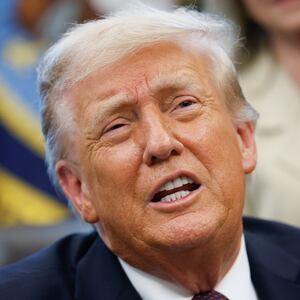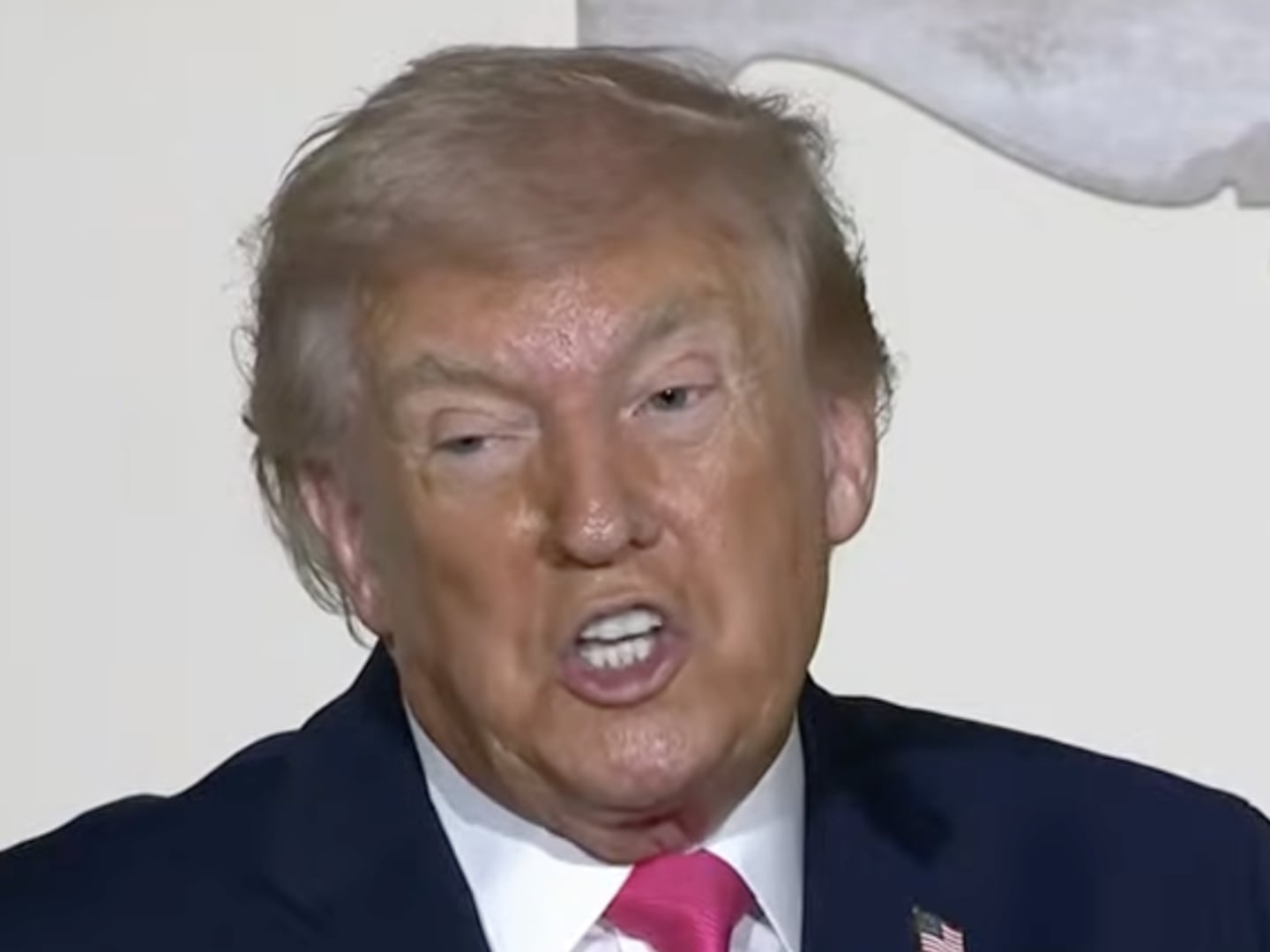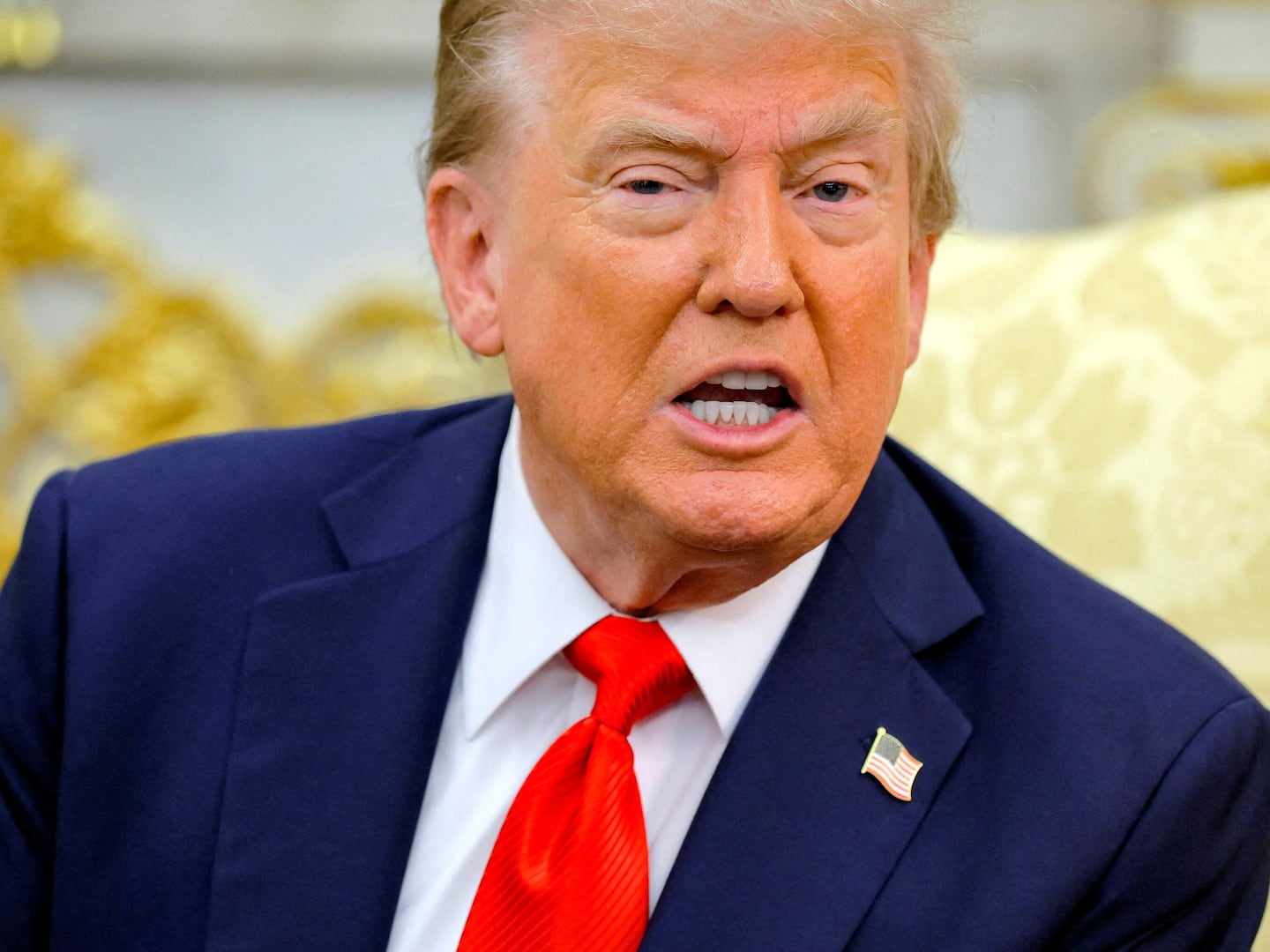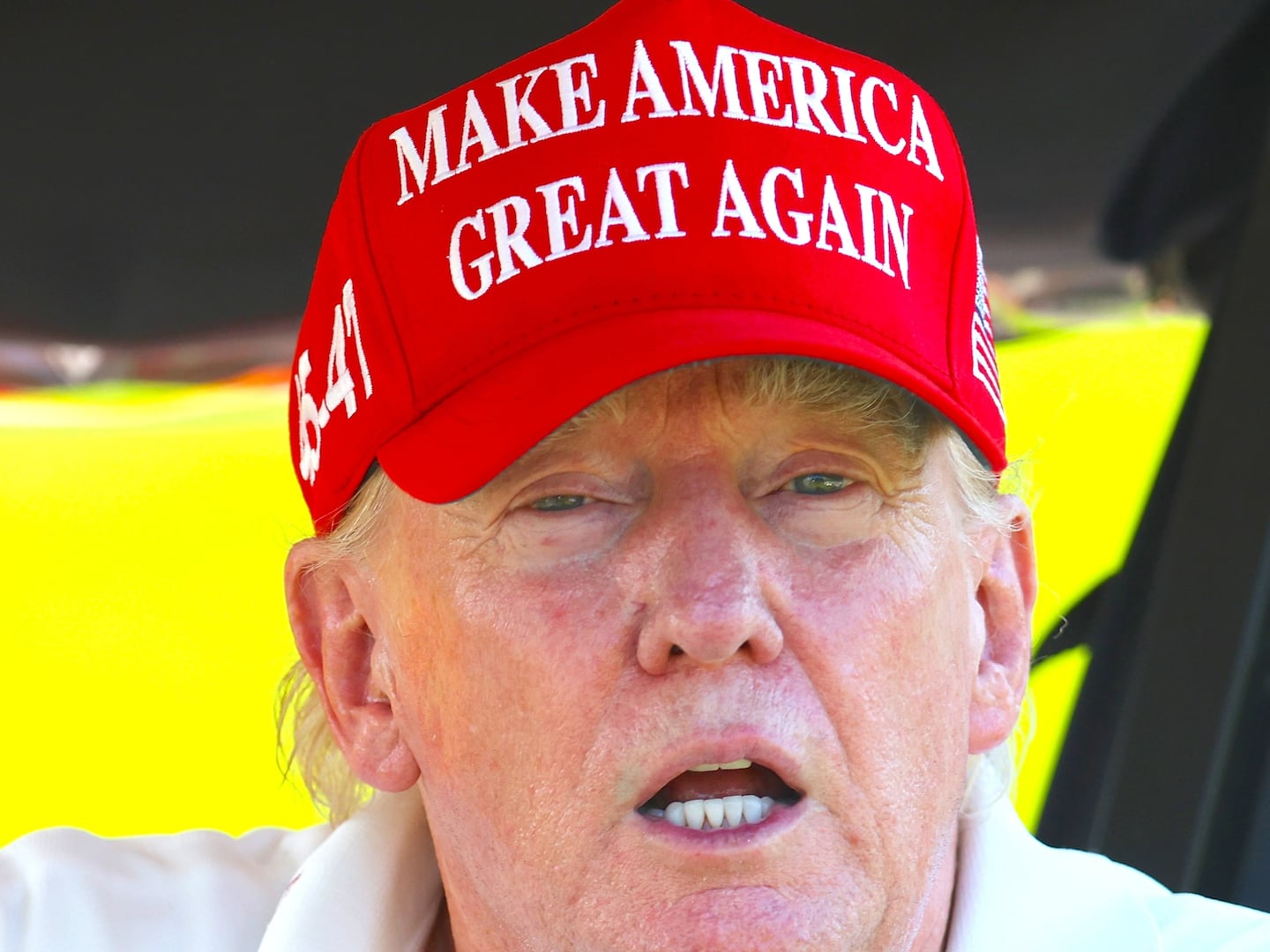The Federal Reserve cut interest rates for the first time this year, in a move driven by mounting evidence of a weakening job market and elevated inflation.
After months of disappointing economic data, the central bank lowered its benchmark rate by a quarter of a percent on Wednesday—less than what the Trump administration had hoped for.

President Donald Trump’s newly-installed Governor Stephen Miran was the only policymaker who voted against the quarter-point cut, instead advocating for a half-point reduction.
“Recent indicators suggest that growth of economic activity moderated in the first half of the year,” the Federal Reserve said in a statement.
“Job gains have slowed, and the unemployment rate has edged up but remains low. Inflation has moved up and remains somewhat elevated.”

The move puts the target range for the Fed’s main lending rate at 4 percent—4.25 percent, with two more cuts likely this year.
This comes after the latest annual revisions from the Bureau of Statistics showed that employers created 911,000 fewer jobs for the year to March than previously suggested, in a blow to Trump’s claim that the U.S. has the “hottest” economy in the world.
The latest unemployment rate also rose to 4.3 per cent, the highest since 2021.
The decision to cut interest rates comes after months of pressure from Trump, who has repeatedly attacked Federal Reserve Chairman Jerome Powell for not lowering interest rates sooner.
Trump is also trying to fire Governor Lisa Cook, the first Black woman appointed to the board, over unproven allegations of mortgage fraud.
Cook scored a victory this week when an appeals court ruled that she could continue to work for the Fed while Trump’s challenge plays out in court.
However, White House spokesman Kush Desai told The Daily Beast on Wednesday: “The President lawfully removed Lisa Cook for cause. The Administration will appeal this decision and looks forward to ultimate victory on the issue.”

Wednesday’s rates decision also marks a turning point for the central bank, whose officials have been locked in an intense debate about how to balance relief to borrowers while keeping inflation low.
Though Trump has pushed for dramatically lower rates to boost the economy, there are also political risks for a president who has tied his second term to claims of economic strength and an aggressive tariff agenda.
Speaking at a press conference on Wednesday afternoon after the cuts were announced, Powell warned that the risks to the labor market had risen.
“Overall, the marked slowing in both the supply and demand for workers is unusual,” he said.

“In this less dynamic and somewhat softer labor market, the downside risks to employment appear to have risen.”
Asked if companies are eating the cost of tariffs, and if tariffs might be leading to less hiring rather than higher prices, he said it’s “certainly possible.” But he added that the slowing job growth was driven more by immigration policy bringing down the supply of workers.
The central bank chair also gave a subtle nod to the independence of the Federal Reserve in making policy decisions, something that had become a significant flashpoint under the Trump administration.
“We don’t frame these questions at all or see them in terms of political outcomes,” he said.
“I think when you get to another part of Washington, everything is seen through the lens of, ‘Does it help or hurt this political party, this politician?’ … That’s just not the way we think about things at the Fed. We’re taking a longer perspective. We’re trying to serve the American people as best we can.”







